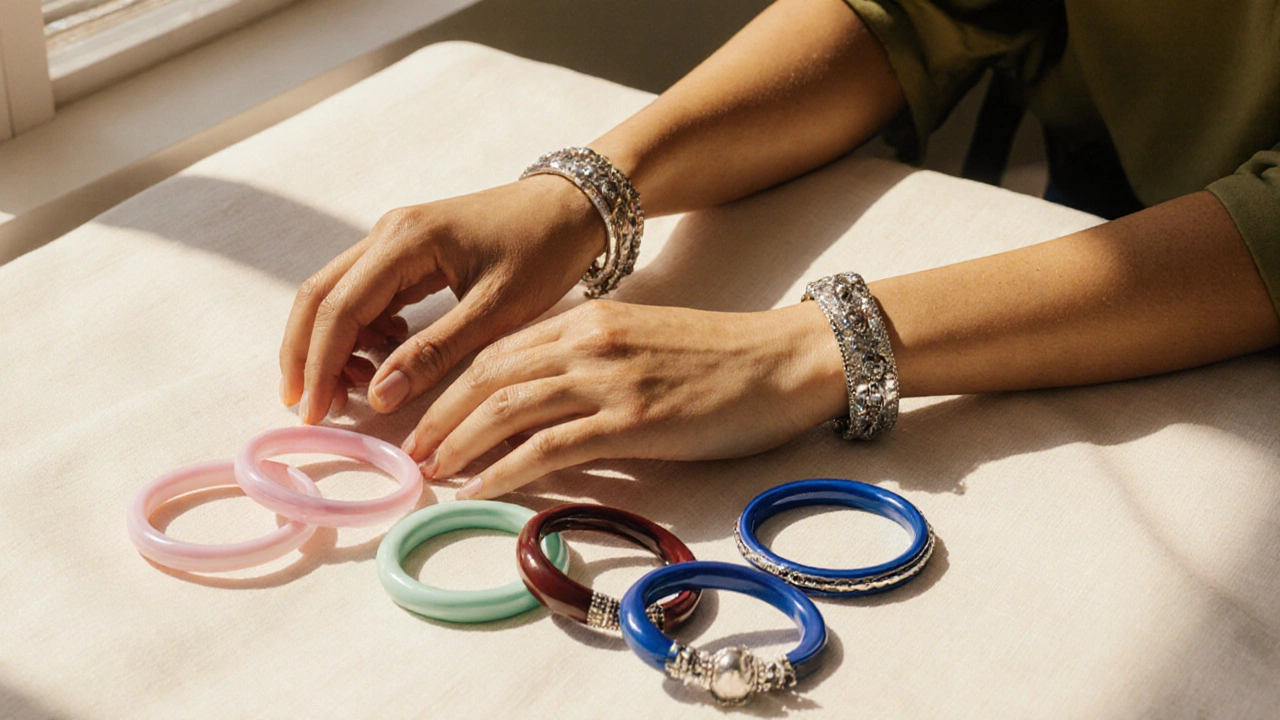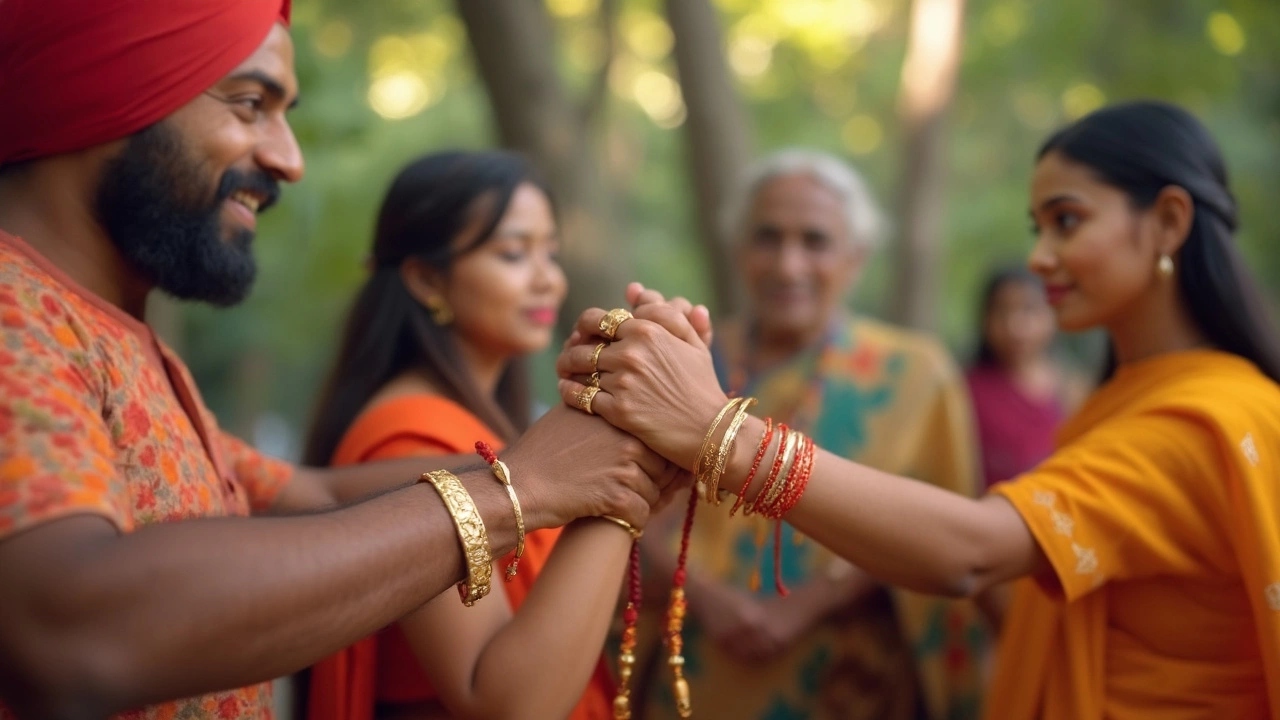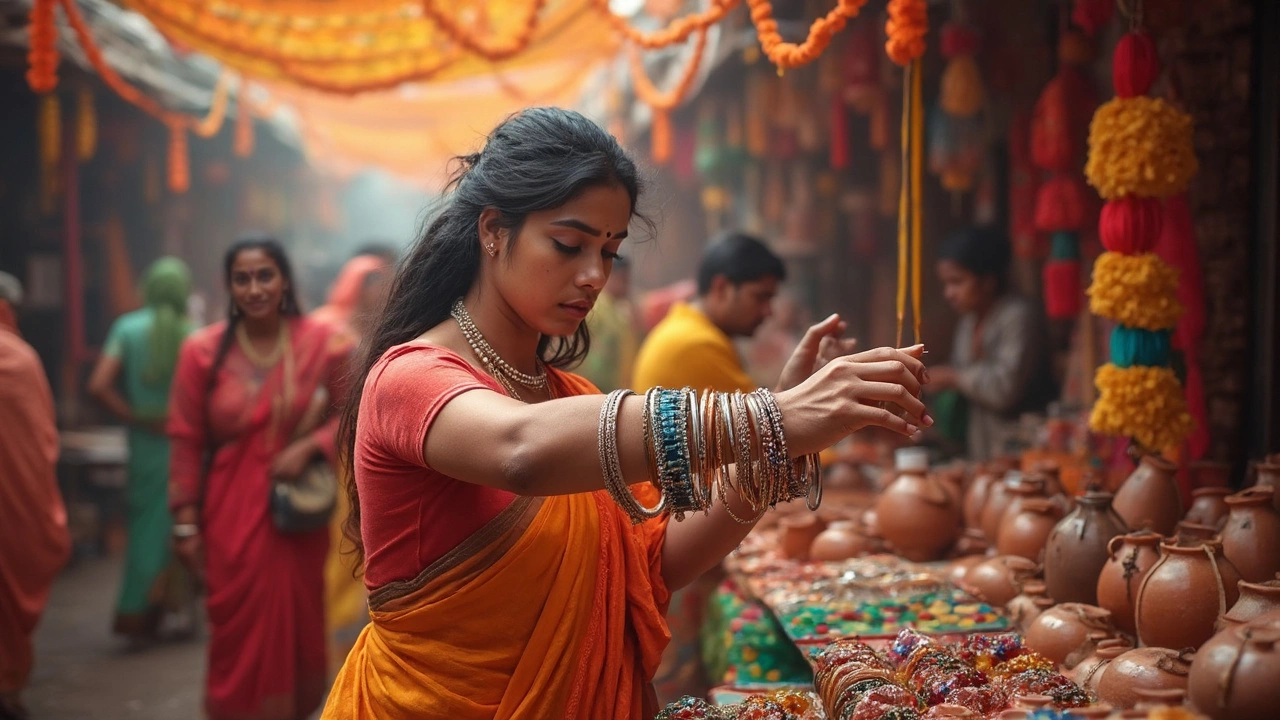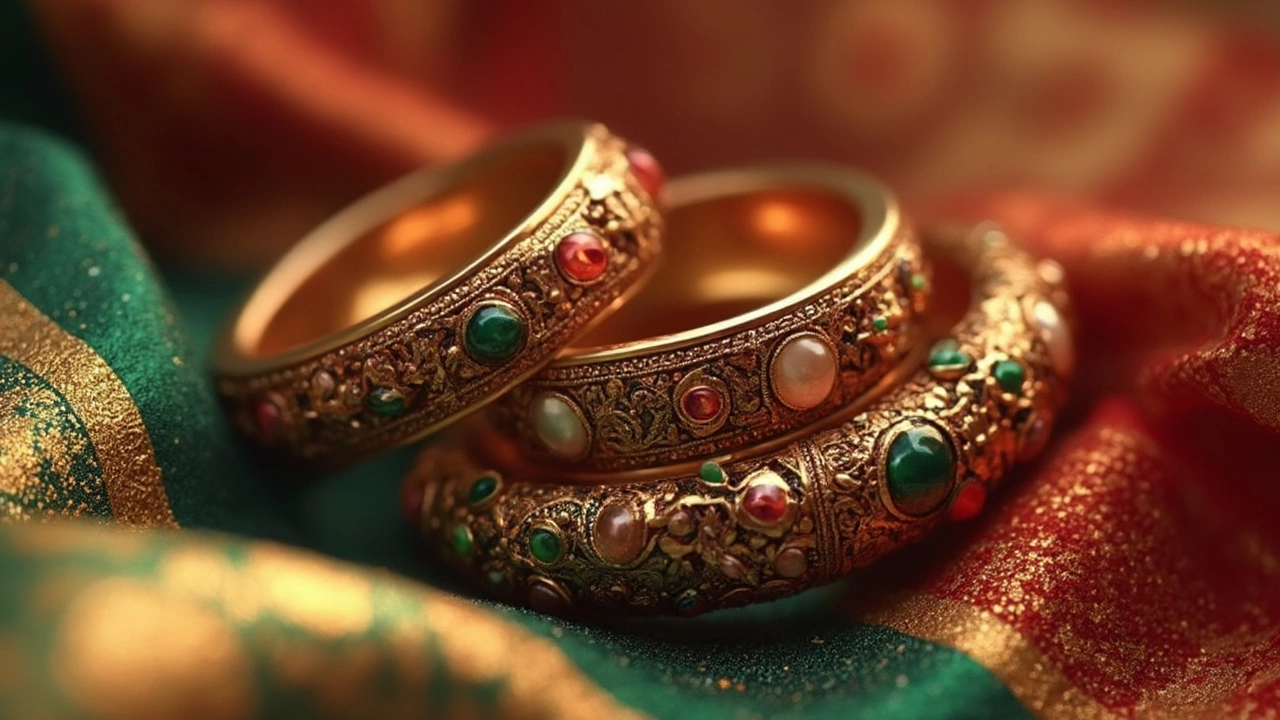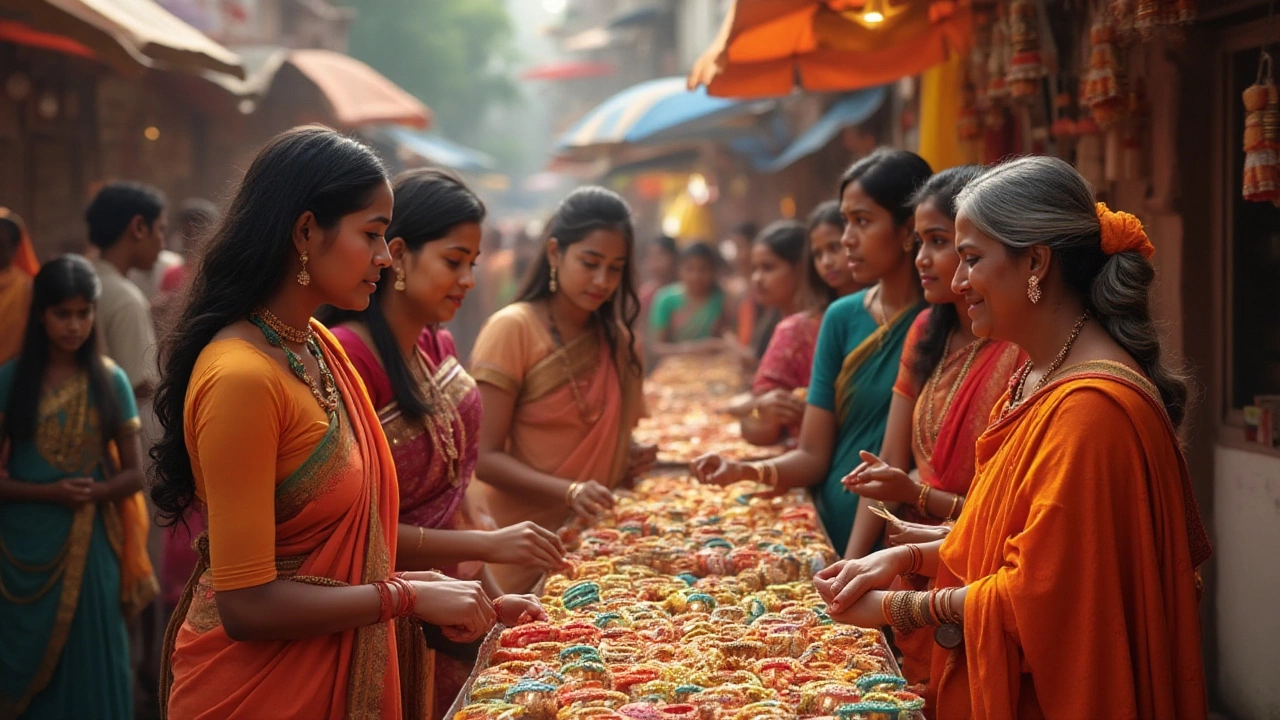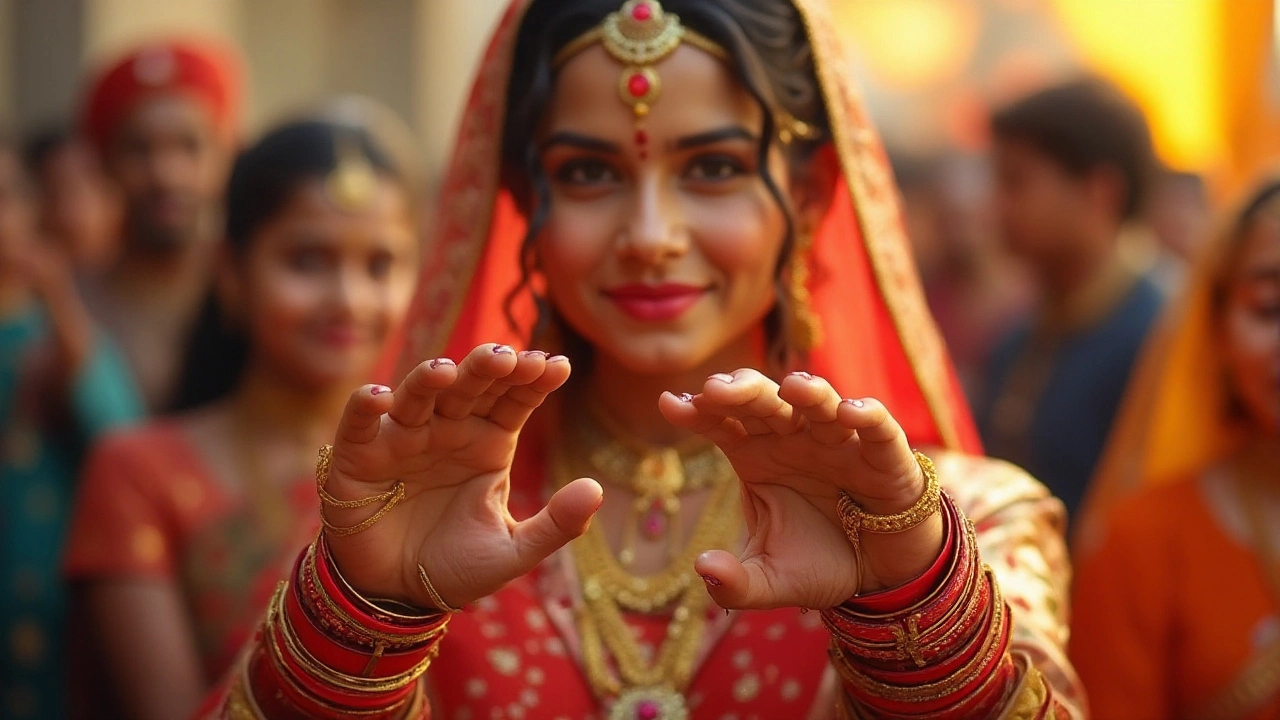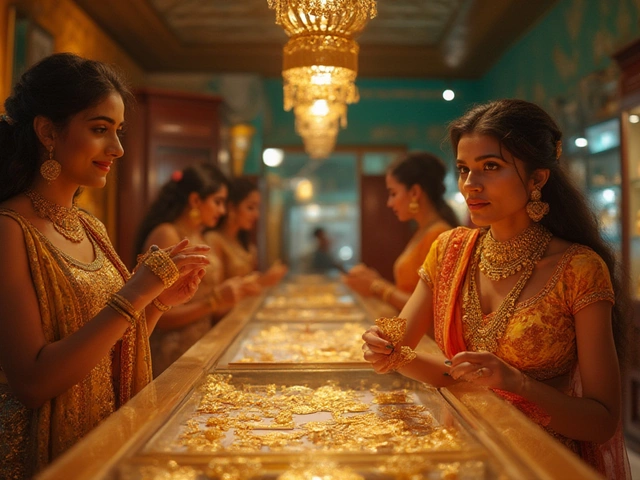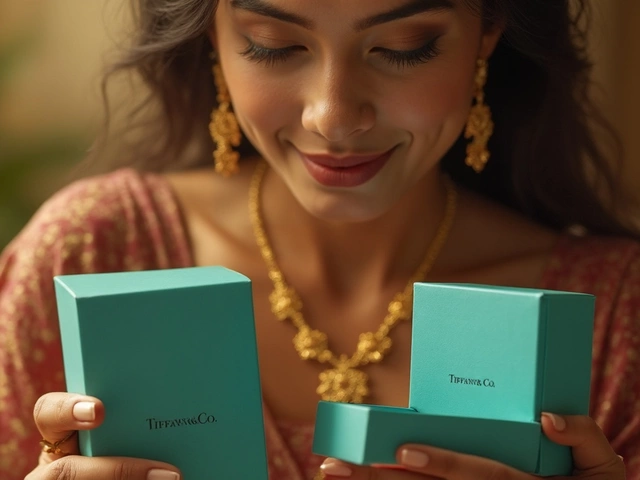Traditional Bangles: History, Meaning, and How to Wear Them
If you’ve ever seen a bright cluster of bangles clinking on a wrist, you’ve caught a glimpse of Indian tradition in action. Bangles aren’t just accessories – they’re tiny storytellers that speak about region, status, and even the season. In this guide we’ll break down what makes traditional bangles special, how to pick the right pair for you, and simple tricks to keep them shining for years.
Why Traditional Bangles Matter
Every Indian state has its own bangles style. In Rajasthan you’ll spot thick glass bangles in bold colors, while Bengal prefers thin gold ones called chur. These differences are more than looks; they hint at the wearer’s culture and sometimes marital status. For example, married women often wear a stack of red and green bangles to symbolize prosperity and fertility. The clinking sound itself is believed to bring good luck and ward off negativity.
Choosing the Right Pair
Start by thinking about the occasion. A wedding calls for elaborate gold or kundan‑set bangles, while a casual brunch can be just a few pastel glass pieces. Material matters too – glass is lightweight and cheap, but can break easily. Metal bangles (gold, silver, copper) are durable, and many have hallmarks that guarantee purity. If you’re new to bangles, try a mixed set: a solid metal bangle for support, plus a couple of glass ones for color.
Fit is another key factor. Bangles should be snug enough to stay on but loose enough to slide over the hand without hurting the skin. A good rule is to measure the circumference of your wrist, add about 1‑2 cm, and test the size before buying. Many online stores, including RH Jewellers, let you enter your measurement for a perfect match.
Don’t forget the vibe you want. Warm tones like amber, deep red, and burgundy go well with traditional outfits such as sarees and lehengas. Cool tones – teal, mint, or soft pink – pair nicely with modern fusion wear. Mixing metal tones (gold with copper, for instance) adds a layered look that’s still rooted in tradition.
Finally, think about the number of bangles. A single statement bangle can be a bold focal point, while a stack of five to seven creates that classic Indian jingle. If you’re unsure, start with three: one solid metal bangle in the middle, flanked by two lighter colored glass bangles.
Keeping Your Bangles Beautiful
Cleaning bangles is simple if you follow a routine. For glass bangles, a soft cloth and mild soap water removes dust. Metal bangles benefit from a gentle polishing cloth; avoid harsh chemicals that can strip the shine. Store them in a soft pouch or a dedicated bangle box to prevent scratches.
If you wear bangles daily, give your wrists a break every few hours. This prevents skin irritation and lets the metal breathe, reducing the chance of tarnish. For gold bangles, occasional polishing with a gold‑safe cleaner keeps them looking like new.
When a bangle does break, don’t panic. Most jewelers can repair glass pieces or re‑solder metal ones for a modest fee. Keeping the broken piece and the original packaging helps the repair process.
Remember, bangles are more than fashion – they’re a piece of heritage you can pass down. By choosing the right style, fitting them correctly, and caring for them, you’ll enjoy the clink of tradition on your wrist for many years.
Ready to add some traditional bangles to your collection? Browse the curated selection at RH Jewellers India and find the perfect set that matches your style and story.
Bangles vs Chooda: Key Differences Explained
Learn the key differences between bangles and chooda, their materials, cultural meanings, buying tips, and care advice for Indian bridal and festive wear.
Best Bangle Colors for Indian Traditions: A Practical Guide
Discover how to pick the perfect bangle colors for any skin tone, outfit, or occasion in Indian tradition. Practical tips, material guide, and care advice in one easy read.
Kada Significance: What Wearing This Traditional Bangle Really Means
Wearing a kada isn't just about looks—it's packed with cultural, religious, and even practical meaning. In India, especially in Sikhism, slipping on a kada goes way beyond fashion. It's a symbol, a reminder, and sometimes a talisman. But the story doesn't stop there; different regions and communities see the kada in their own ways. Here’s what makes this simple bangle mean so much.
The Best Hand for Wearing Traditional Indian Bangles
Choosing the right hand for wearing bangles can vary based on tradition, personal style, and cultural significance. In India, bangles symbolize wealth, health, and marital status, often worn on specific occasions. This article delves into the cultural practices, superstitions, and personal preferences that influence which hand to wear bangles. Discover practical tips to enhance your bangle-wearing experience and explore some fascinating facts about these beautiful adornments.
Discovering the Tradition of Bangles in India
In India, bangles are more than just jewelry; they're a vibrant part of cultural identity and tradition. These accessories have deep roots in Indian customs, symbolizing various aspects of life like marriage and prosperity. Exploring their historical significance and modern relevance offers a glimpse into how they've remained an integral part of Indian attire. From the materials to the regional variations, understanding bangles opens a window into the diverse traditions of India.
Exploring the Five Symbols of Sikhism
The five symbols of Sikhism, known as the Five Ks, are integral to the Sikh faith and represent the core values and identity of Sikhs. These symbols are more than just physical items; they hold deep spiritual significance and serve as daily reminders of faith and commitment. Each symbol has a distinct purpose, reflecting the beliefs and duties of a practicing Sikh. From the steel bracelet to the ceremonial comb, these symbols weave into the everyday lives of Sikhs, illustrating unity and devotion. Understanding these symbols offers valuable insights into Sikhism's rich cultural and religious tapestry.
Can Unmarried Women in India Embrace the Charm of Traditional Bangles?
In many cultures, jewelry, especially bangles, holds significant symbolism and tradition. In India, while married women often wear bangles as a sign of matrimony, unmarried girls are equally drawn to their vibrant beauty and cultural resonance. The article explores the cultural history behind bangles in India, the materials and designs favored by young women, and how traditional practices evolve with modern fashion trends. It provides insights into how bangles can symbolize individuality and elegance beyond their marital association.
Significance of Wearing Bangles in Punjabi Culture
Punjabi bangles hold immense cultural and personal significance in the vibrant tapestry of Indian traditions. These shimmering circles are more than just accessories; they symbolize prosperity, good fortune, and marital bliss for women. Associated deeply with the Sikh community, Punjabi bangles come in different styles and materials, each with unique meanings and stories. From weddings to daily wear, bangles add a touch of tradition to both festive and everyday occasions.

